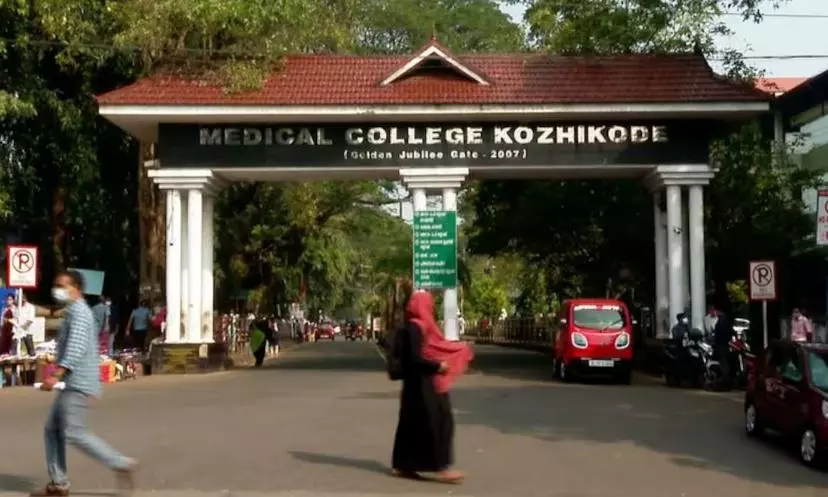
The illness in health care
text_fieldsThe latest figures released by the British medical journal Lancet show that the number of people with diabetes has risen from 20 crores globally in 1990 to 80 crores in 2022. India tops the list with 21.2 crore and China in second position with 14.8 crore diabetics. With 13.3 crore patients, India also leads in the number of diabetics above 30 years of age. A diet high in carbohydrates is the main villain coupled with unhealthy lifestyle. The World Health Organization has found smoking as responsible for 30 to 40 percent of cases. Kerala is proud of being at the forefront of health care in the country. But let's not forget the fact that Kerala’s progress in health sector is evaluated mainly on the basis of increased life expectancy, reduction in maternal mortality and infant mortality. A whopping rise in lifestyle diseases and huge cost for treatment are serious challenges to the state’s health sector. Cancer, diabetes, heart disease and obesity top the list of lifestyle diseases. A report by the government shows that 46.7 percent of the population is already under the grip or in the risk list of lifestyle diseases. A shocking 52 percent of deaths in the 30-59 age group are due to these diseases.
The unhealthy lifestyle of the Malayalis stem from factors such as lack of exercise, craving for fancy foods, and rampant adulteration in foods. It is to be found out whether three to five meals a day are eaten anywhere in the world. Given this, both medically accepted and unapproved treatments including Allopathy, Homeopathy, Ayurveda, Unani, Naturopathy, Acupuncture etc. are now available in Kerala. What about the amount Keralites spend on treatment? The survey shows that outwitting other states in cost of treatments Kerala spends more than twice the national average on it. Where the per capita annual medical expenditure of a Malayali in the year 2021-22 is Rs 13,343, only a quarter of it is the national average. In comparison, the health sector in other states is behind Kerala. Even though it increases life expectancy, maintaining an ailing body for a long time is a difficult test. Practicing a lifestyle of healthy diet and adequate exercise is the solution to the problem, the situation where quality medical facilities becoming affordable only to the wealthy calls for serious consideration. The truth is many small hospitals in the state have closed down in recent times and star hospitals are taking over the scene instead. It might as well be asked since they are all private hospitals why people with limited income should not to go to government hospitals.
One cannot overlook the ailing condition of government hospitals. The number of skilled doctors and specialists even in medical college hospitals in major cities is alarmingly low. While inauguration of new buildings and facilities flood the media, the number of doctors in them come nowhere close to the demand. Major medical colleges including Kozhikode Medical College Hospital are struggling due to the shortage of not only doctors but also nurses, technicians and other staff. The medical college hospitals in Mancheri, Mananthavadi and Idukki are futilely existing, facing serious shortage of even essential staff. Alongside, widespread complaints about having not enough staff, technicians or medicine are rising from district hospitals, taluk hospitals, and family health centers. As a result, people with limited income and the poor have to sell or mortgage their houses to treat lifestyle diseases. If it weren’t for the intervention of the voluntary organizations, Kerala’s bragging of achievement in health care would not have been possible. In short, our health sector is in decline, needing the immediate attention of the state government.























